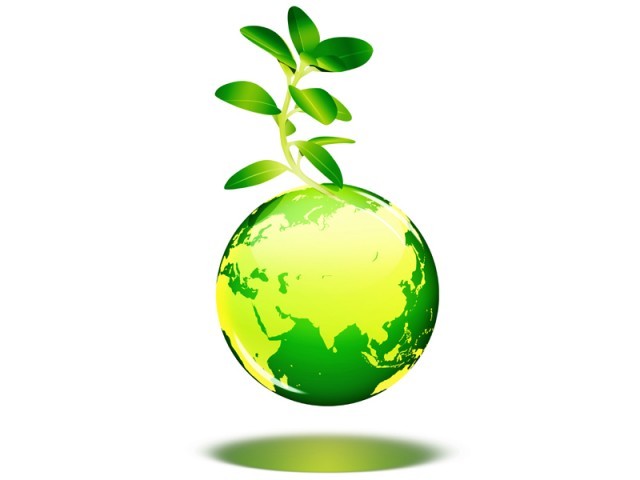
Talking to APP, a Lahore Waste Management Corporation (LWMC) official said the city generated around 6,000 tonnes of solid waste per day. The formidable volume of garbage produced by the city had become a blessing in disguise for the citizens as it had transformed into biomass namely Refused-Derived Fuel (RDF), he added.
"The RDF is a potential alternative for fossil fuels as it is cheaper in price and efficient in combustion.
D.G. Khan Cement buys 1,000 tons of municipal waste from LWMC for making RDF to be burnt at the cement plant instead of coal. It emits less harmful emissions than coal which have a considerable impact on mitigating pollution level."
The cement plant team used to segregate ferrous and non-ferrous, non-degradable plastic, glass, stones, and other corrugated materials through different processing steps.
It was then reduced to shreds and pellets to be formed a homogeneous mixture for burning, he added. RDF, he said was ideal fuel to be used in cement plants, lime plants, coal-fired power plants and also as a reducing agent in steel furnaces.
Lahore’s tallest building gets green light
Replying to a question, he said LWMC had established a compost of 500 tons of capacity. "Around 250 tons of the remaining trash is put in that compost to form natural manure or substitute for soil fertiliser," he said. He added that the remaining 4,500 tons of garbage was dumped in the landfill site and controlled dumping sites.
Karachi, the largest city in the country of 14,910,352 dwellers was generating 12,000 tons to 13,000 tons of garbage per day where only 40% reached landfill site where the rest was residing in the streets and roads where the remaining creeping into the Arabian Sea, the Sindh Solid Waste Management Board officials said. The environmental experts claimed that the waste-to-energy project not only comprised of RDF production but also the generation of electricity and compost which was an untapped energy potential of the country.
According to the United States Energy Information Administration (EIA) statistics, "In 2016, one ton (2,000 pounds) of MSW burned in waste-to-energy plants in the United States generated about 474 kilowatt-hours (kWh) of electricity, or about the amount of electricity used by 16 US households in one day. In a waste-to-energy plant, 2,000 pounds of garbage is reduced to 300 pounds-600 pounds of ash."
Capital Development Authority (CDA), Director Sanitation Sardar Khan Zimri said that the federal capital of 2,001,579 population generates around 500 tons to 600 tons of garbage per day particularly in the rural areas of Tramri, Bhara Kahu, Khanna, Koral, and Soham. He said the major issue faced by the authorities was solid waste management. "We have no proper landfill site while we have proposed one at Sangjani. An environmental impact assessment (EIA) report of the proposed site has been advertised to be conducted in 3 months as without EIA we cannot outsource the project," he said.
From green belts to dense forests
RDF production was initiated during the former regime when petroleum prices hiked at the global level, he said. Two cement factories had bought municipal waste from CDA to replace fossil fuel with RDF which was halted after a decline in petroleum prices, he added.
Responding to a question, Zimri said RDF was Rs1 per kilogramme and perfect alternate of timber as well. It was experimented at Bari Imam Shrine where caterers were provided special stoves made for RDF. They cooked a cauldron of eatables with a kilogram of RDF which was ample proof of this efficient green fuel.
He, however, said the top priority of the civic authority was solid waste management. The waste-to-energy project would be taken under consideration after the accomplishment of successful waste management, he added. The RDF generation is a comprehensive scientific process which involves segregation of waste through different processing steps ranging from screening, air classification, ballistic separation, separation of ferrous and non-ferrous materials, glass and stones.
It largely comprises waste combustible components of such waste, as non-recyclable plastics (not including PVC), paper cardboard, labels, and other corrugated materials which could be used as fuel in a cement kiln hence replacing conventional fossil fuels such as coal.
Published in The Express Tribune, May 6th, 2019.


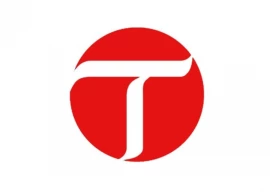
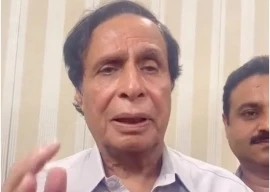



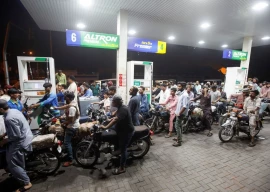


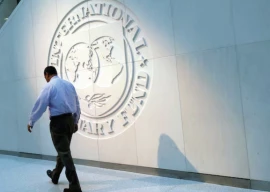






COMMENTS
Comments are moderated and generally will be posted if they are on-topic and not abusive.
For more information, please see our Comments FAQ